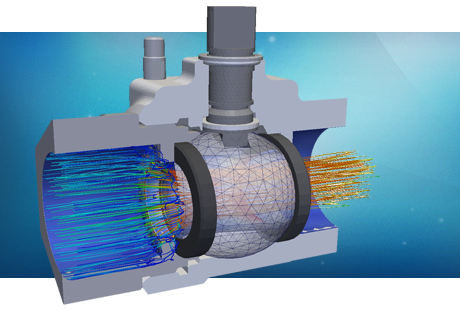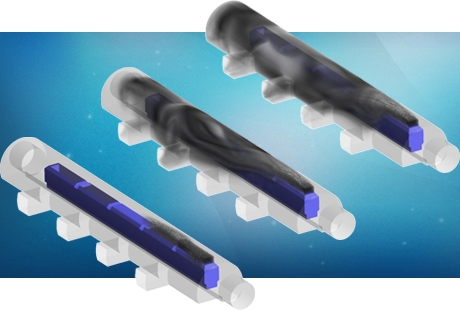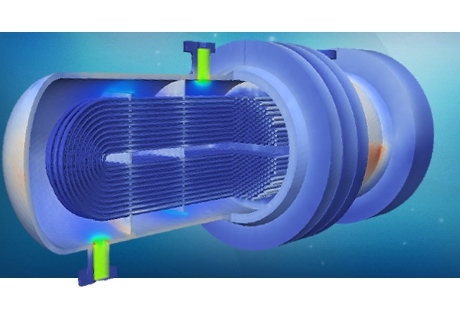Advantages of computational fluid dynamics

What is it about?
Computational fluid dynamics(CFD)is the discipline of science devoted to predicting fluid flow, heat transfer, mass transfer, chemical reactions, and related phenomena by solving the mathematical models that govern these processes using a numerical process.
Before the invention of the aircraft in the 20th century, the term fluid dynamics was often used as a synonym of hydrodynamics, because most of fluid mechanics was devoted to studying liquids in motion, instead of gases in motion. Nowadays, CFD methodologies are routinely employed in the fields of aircraft, turbomachinery, the car industry and ship design. Furthermore, CFD is also applied in meteorology, oceanography, astrophysics, in oil recovery, and also in architecture. Hence, CFD is becoming an increasingly important design tool in engineering and also a substantial research tool in certain physical sciences. Due to the advances in numerical solution methods and computer technology, geometrically complex cases, like those which are often encountered in turbomachinery, can be treated.
By using this technique, designers can verify that their products will comply with a customer’s specifications early in the design cycle, accelerating the product development process. CFD can be used to calculate pressure drops, heat transfer rates, design mass-flow rates and fluid dynamic forces such as lift and drag.

The finite element method is a discretization technique in structural and thermal analysis. The basic concept in the physical interpretation of the FEM is the subdivision of the mathematical model into non-overlapping components of simple geometry called finite elements. In short: As we cannot solve the big problem directly, we divide it into smaller and more easily solvable problems and then get a unique result for the system as a whole.
The response of the mathematical model is then considered to be approximated by that of the discrete model obtained by connecting or assembling the collection of all elements. However this approximation is normally considered representative enough for most systems and physics.
Some of the advantages of Computational fluid dynamics
-
Development cost reduction:
- Using physical experiments and tests to get essential engineering data for design can be expensive
- CFD simulations are relatively inexpensive, and costs are likely to decrease as computers become more powerful.
-
Quick assessment of design variations:
- CFD simulations can be executed in a short period of time.
- Engineering data can be introduced early in the design process.
-
Comprehensive information:
- Experiments only permit data to be extracted at a limited number of locations in the system (where sensors and gauges are placed).
- CFD allows the designer to examine any location in the region of interest, and interpret its performance through a set of thermal and flow parameters.
-
Enables the designer to simulate different conditions:
- Many flow and heat transfer processes cannot be easily tested.
- CFD provides the ability to theoretically simulate any physical condition.
- CFD allows great control over the physical process, and provides the ability to isolate specific phenomena for study.
Click the following link to learn how we can help you with our CFD services.
Go here to learn more about computational fluid dynamics.







